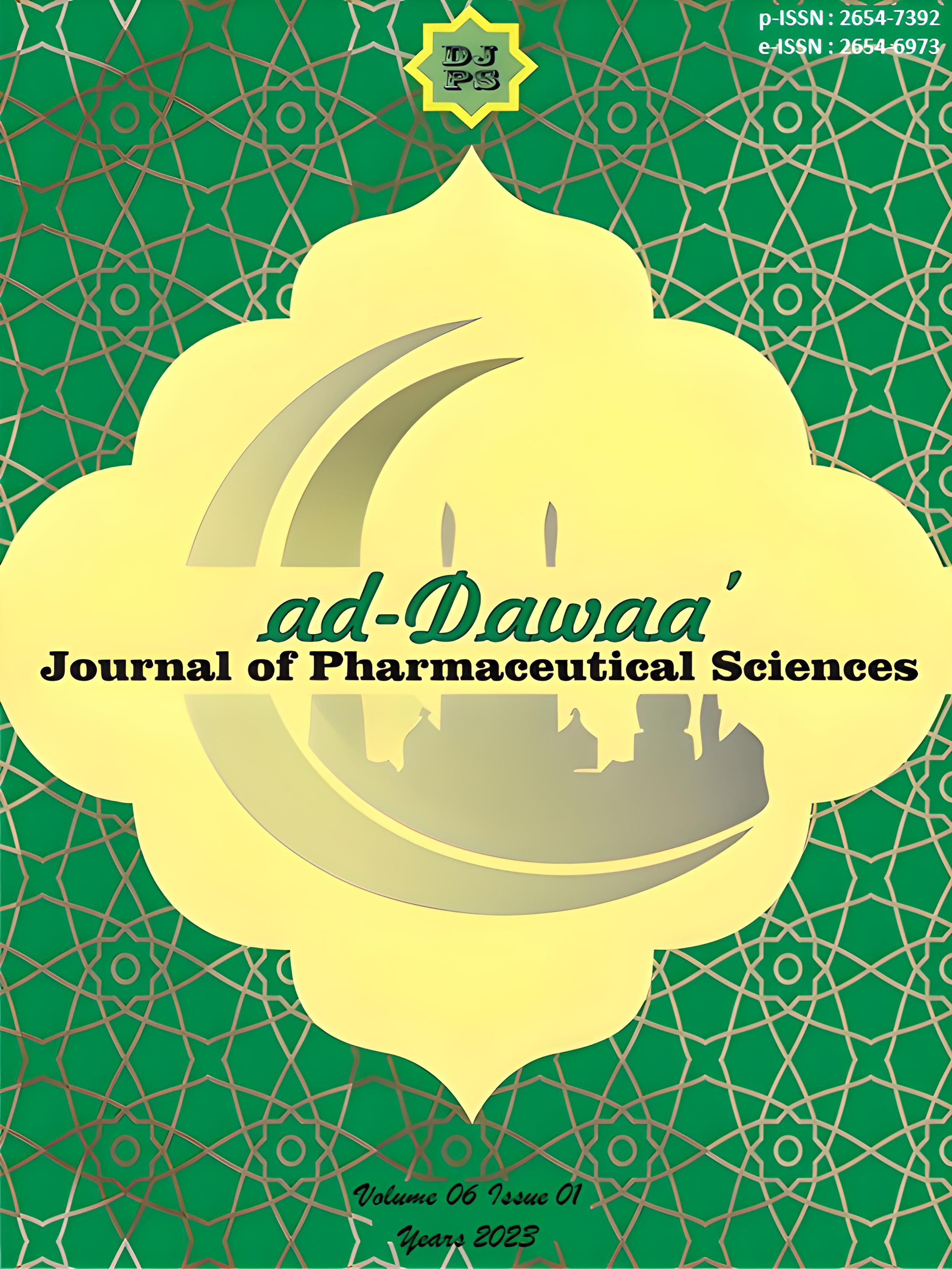Antimicrobial Activity of Temu Blenyeh (Curcuma purpurascens Blume) Ethanol Extract Against on Streptococcus mutans and Candida albicans
bahasa indonesia
Abstrak
ABSTRAK
Rimpang temu blenyeh merupakan tanaman yang berasal dari keluarga zingiberaceae. Tanaman ini mempunya kandungan atau senyawa aktif yang berfungsi sebagai antimikroba. Tujuan dari peneelitian ini adalah untuk mengetahui aktivitas antibakteri ekstrak temu blenyeh terhadap bakteri Streptococcus mutans dan jamur Candida albicans. Ekstrak rimpang temu blenyeh diperoleh dari proses ekstraksi menggunakan metode maserasi, uji aktivitas antimikroba ekstrak temu blenyeh dilakukan dengan menggunakan difusi kertas cakram. Kontrol positif yang digunakan adalah chlorhexidine 0,2% kemudian DMSO digunakan sebagai control negatif. Hasil skrining fitokimia menunjukan bahwa ekstrak etanol temu blenyeh mengandung senyawa flavonoid, saponin, tannin, alkaloid, terpenoid dan polifenol. Hasil uji aktivitas antibakteri dengan konsentrasi 30, 40, 50, 60 dan 70% terhadap bakteri Streptococcus mutans diperoleh rata – rata diameter zona hambat terhadap bakteri Streptococcus mutans yaitu 6,75, 7,0, 7,08, 7,16, dan 8,26 mm yang berarti kekuatan zona hambat yang diperoleh tergolong sedang. Kemudian Hasil uji aktivitas antijamur terhadap jamur Candida albicans sebesar 2,75, 3,16, 3,33, 3,60, dan 3,67 mm yang berarti kekuatan zona hambat yang diperoleh tergolong sangat lemah hingga sedang
##plugins.generic.usageStats.downloads##
Once an article was published in the journal, the author(s) are:
- granted to the journal right licensed under Creative Commons License Attribution that allows others to share the work with an acknowledgement of the work's authorship.
- permitted to publish their work online in third parties as it can lead to wider dissemination of the work.
- continue to be the copyright owner and allow the journal to publish the article with the CC BY-SA license
- receiving a DOI (Digital Object Identifier) of the work.


1.png)